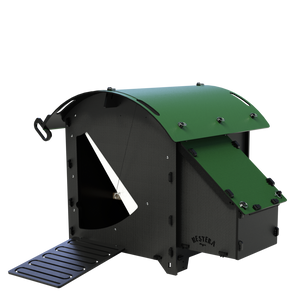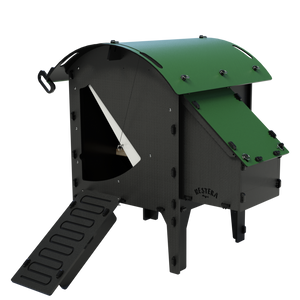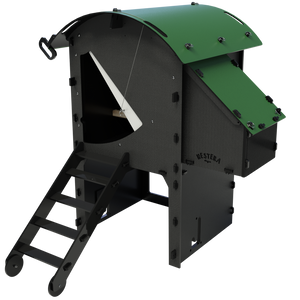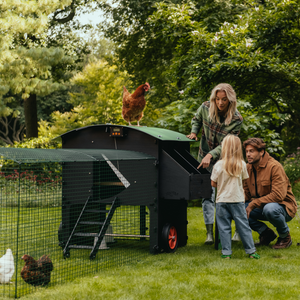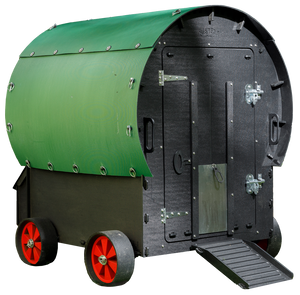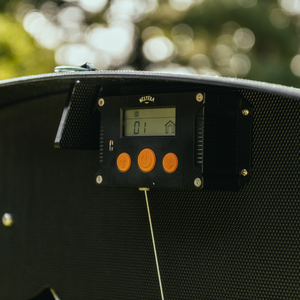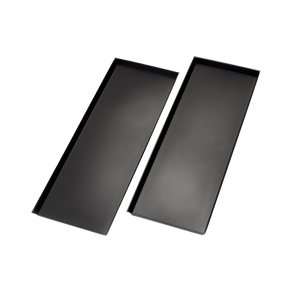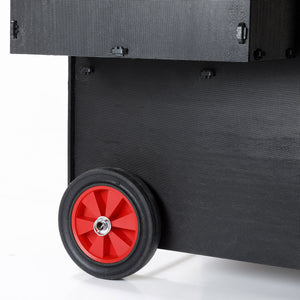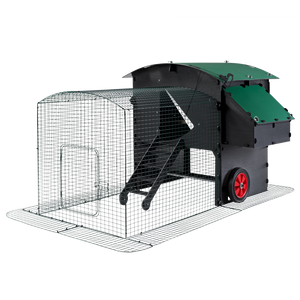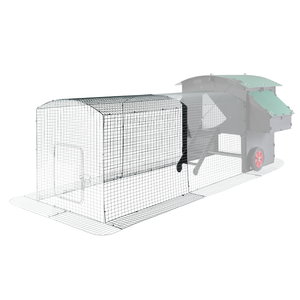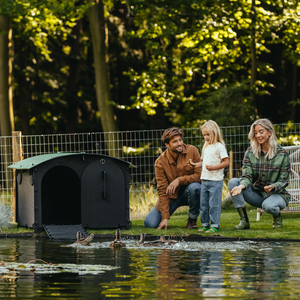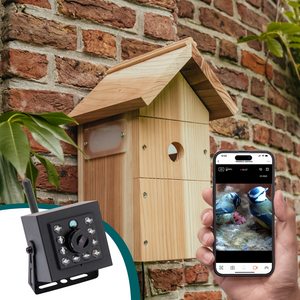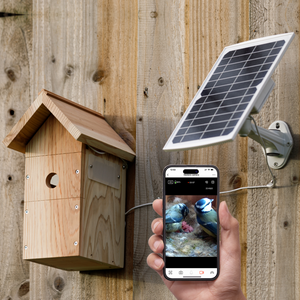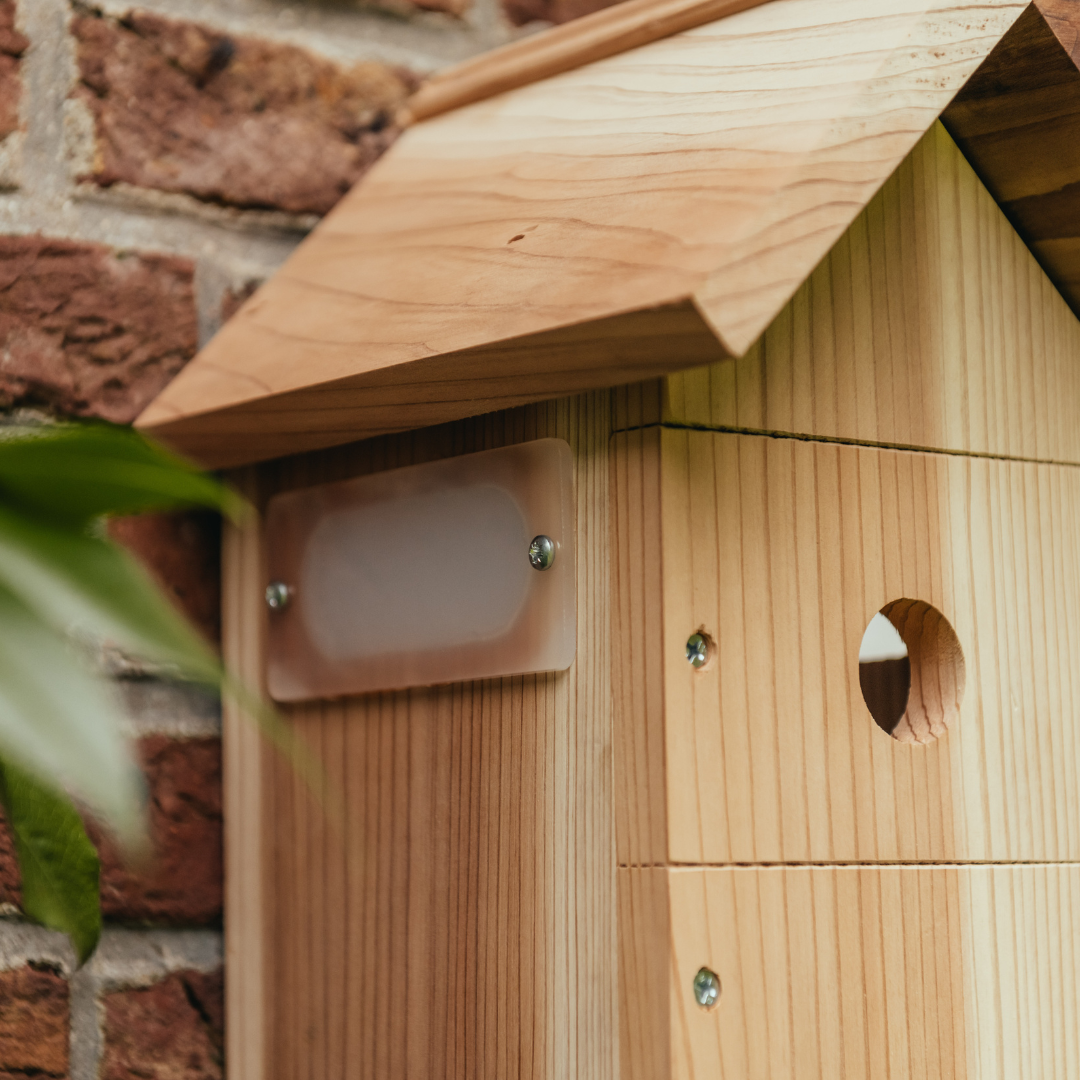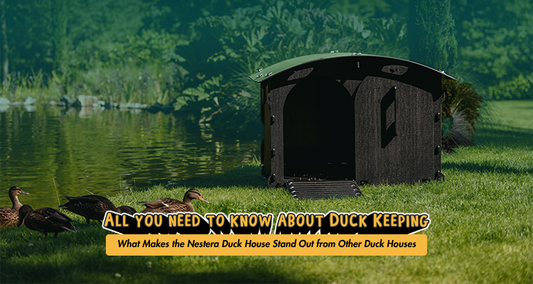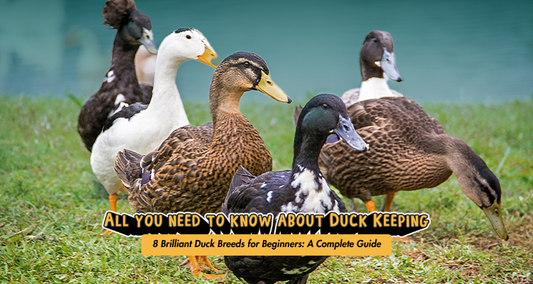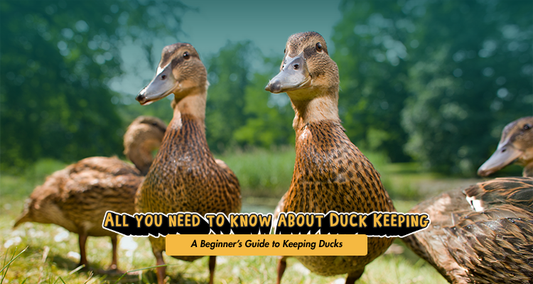Here at Nestera, we know a thing or two about bird houses! We have decades of experience with nesting birds and have built strong ties with organisations like the RSPB, BTO and wildlife trusts right across the UK.
If you’re wondering about the best place for your bird house, read on to discover some dos and don’ts for siting your bird house and to find out where different bird species like their bird house placed.

Unless there are buildings or trees to provide shade during the day, face your bird house between north and east. This will avoid direct sunlight and the wettest winds and should also provide optimum light for your bird house camera. The perfect height for a bird house depends on the species the house is intended for or what type of bird you’re hoping to attract:
-
Eastern & Western Bluebirds:

-
Bewick, Carolina and House Wrens:

For Bewick and Carolina wrens, hang the box 5 to 10 feet above the ground. It is recommended to attach the box under an eave or on a pole with open space in front of the birdhouse. Keep house wrens' birdhouses 100 feet away.
-
Nuthatches:

Typically, higher is safer and more preferred by birds. While natural nests, like those of nuthatches in tree stumps, are often within two meters of the ground, placing bird boxes higher is generally considered safer and more appealing to birds.
-
Chickadees:

Position chickadee birdhouses on trees within wooded regions. Boreal and Chestnut-backed Chickadees favor coniferous forests, whereas Black-capped Chickadees prefer deciduous woods. Place chickadee nests between 6 to 15 feet above the ground. Consider adding sawdust or woodchips to the bottom of the birdhouses.
-
Swallows:

Select spacious locations without excessive trees, buildings, or clutter obstructing the entrance. Opt for sites near water, ideally facing south for warmth and sunlight. Avoid wooded areas to minimize encounters with squirrels.
Several bird houses placed close together may be occupied by the same species if they are located on the edge of adjoining territories with an abundance of food nearby. This tends to happen more often in the countryside than in residential gardens, where you would normally only expect one nesting pair of any one species.
The exceptions to this are house martins, tree sparrows and house sparrows, which are all colonial nesting birds. When you put up more than one bird house, you can usually expect to attract several species.
What is the Best Way to Hang My Bird House?
When securing a bird house, aim to tilt it slightly forwards so that any driving rain will hit the roof and bounce away, instead of penetrating the entrance hole.
When attaching a bird house to a tree, avoid using nails as they may damage it; nylon bolts, cable ties or a strip of wire around the trunk or branch are good alternatives. Consider using a piece of hose or section of car tyre around the wire to prevent any damage to the tree. Remember that trees grow in girth as well as height, so check the fixing regularly.
What is the Ideal Time of Year to Put up a Bird House?
The optimal period for installing a new birdhouse is during the fall or winter. This strategic timing allows ample opportunity for birds to discover and familiarize themselves with the new habitat before the onset of the breeding season in spring. By placing birdhouses ahead of time, you provide avian visitors with a comfortable and well-established space, enhancing the chances of successful nesting during the upcoming breeding season.

How Do I Clean My Bird House?
Most nests are known to harbour fleas and various other parasites, which can go on to infest newly hatched or young birds the following year.
Old disused nests should be removed from bird houses from August onwards (or only once you are 100% certain the birds have stopped using the nest). Remove your bird house camera from the nest box before removing any nesting materials. Then clean the bird house out with boiling water to kill any remaining parasites.
Ensure the bird house is thoroughly dry before reinstalling the bird house camera or replacing the front or lid. Never use insecticides or flea powders in a bird house.
Our range of Wifi Camera Bird House Systems come with a pre-installed and can be set up quickly and easily to allow you and your family 24/7 access to unseen, close-up HD footage of your nesting birds on any smart device! *link*
And when mounting or cleaning your bird house, be sure to remember Nestera’s handy tips!

